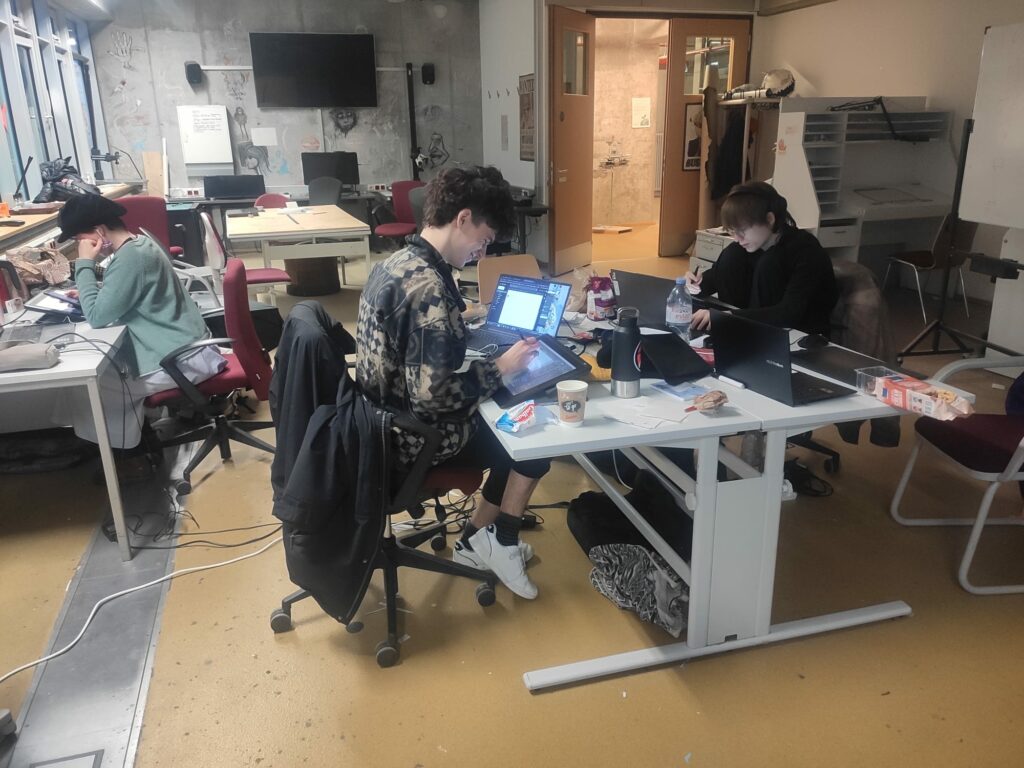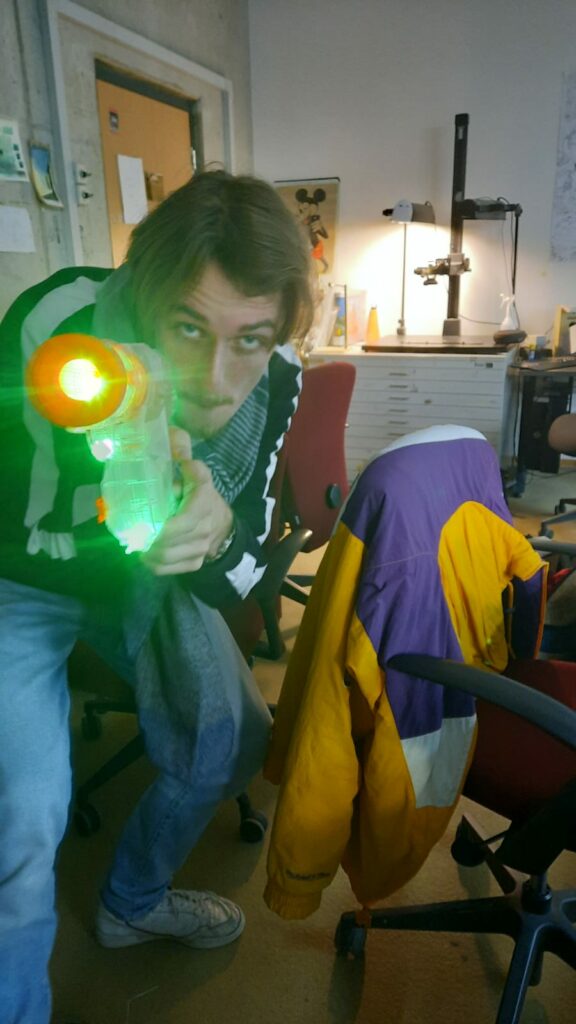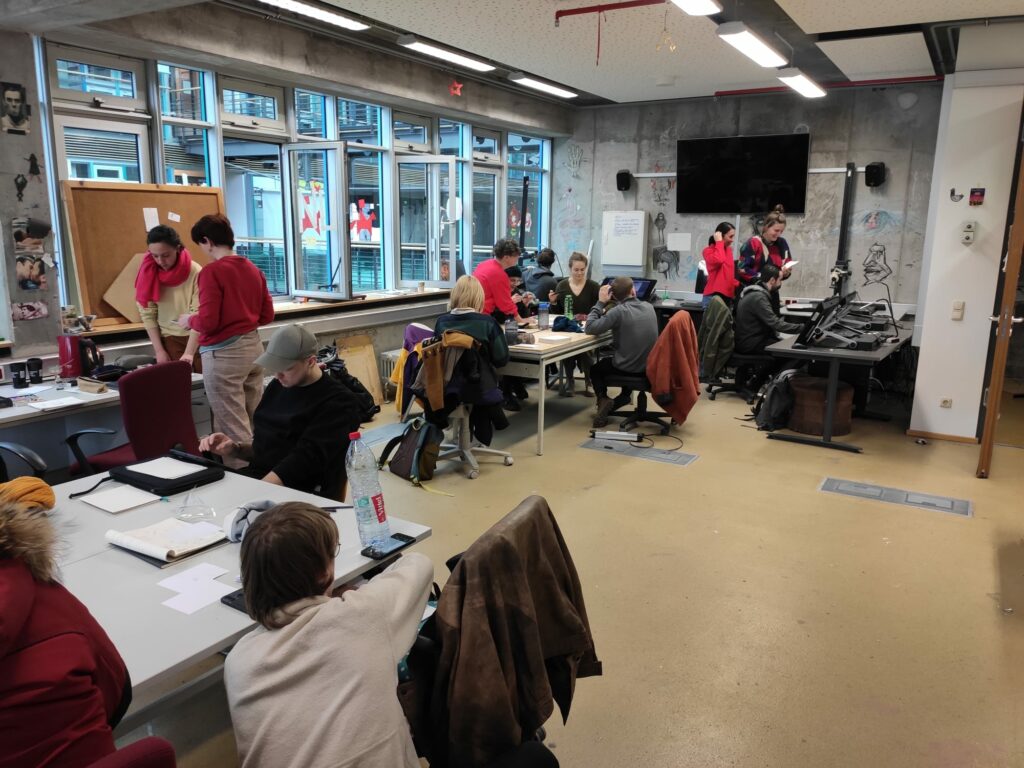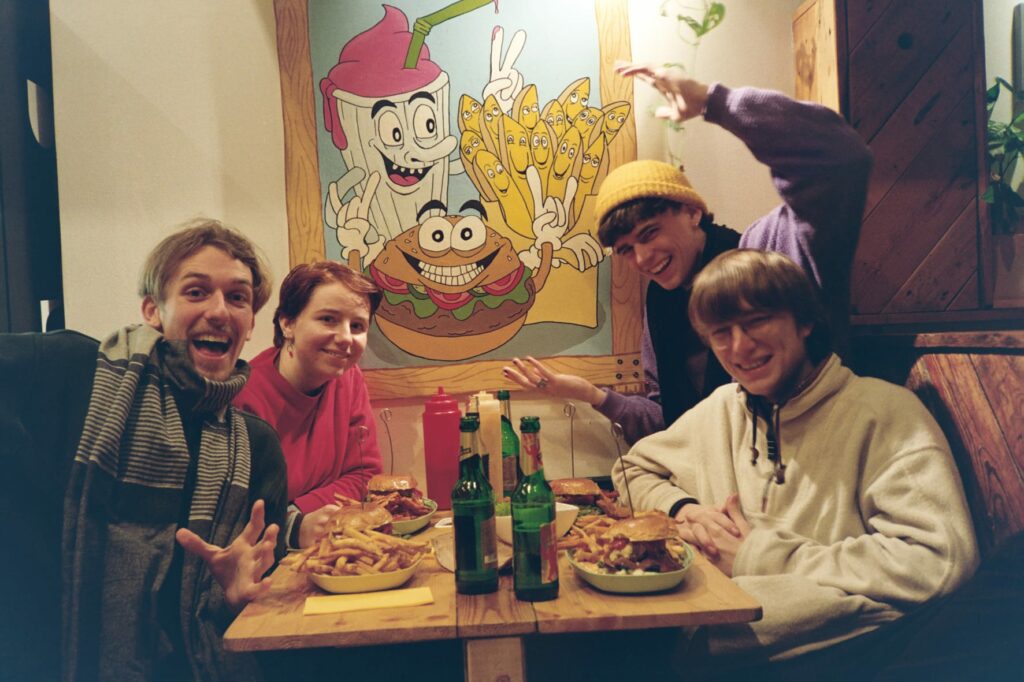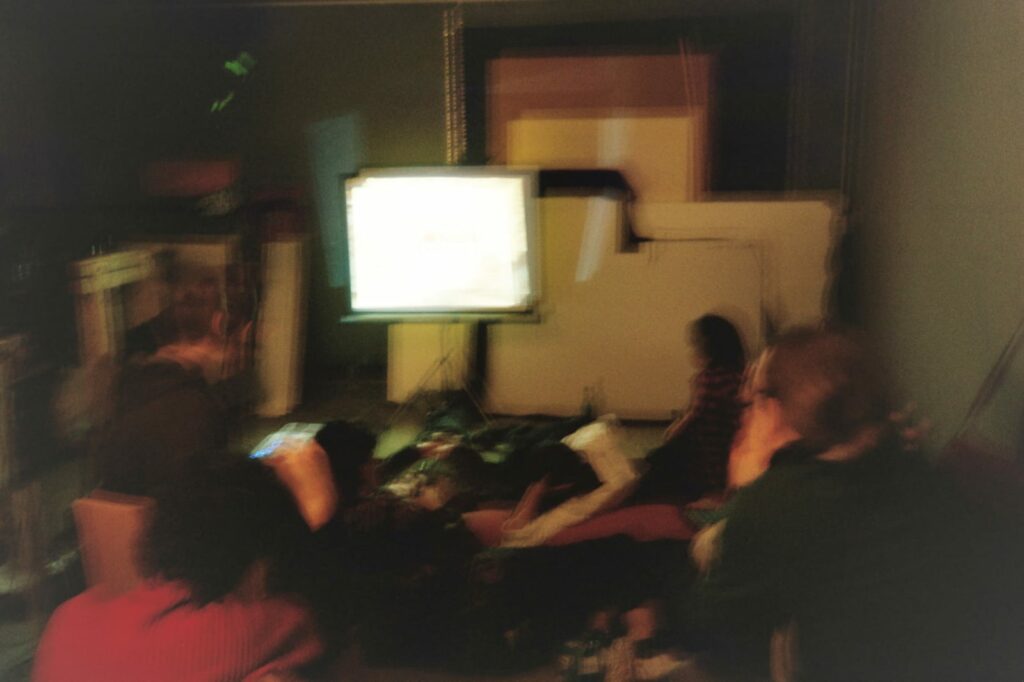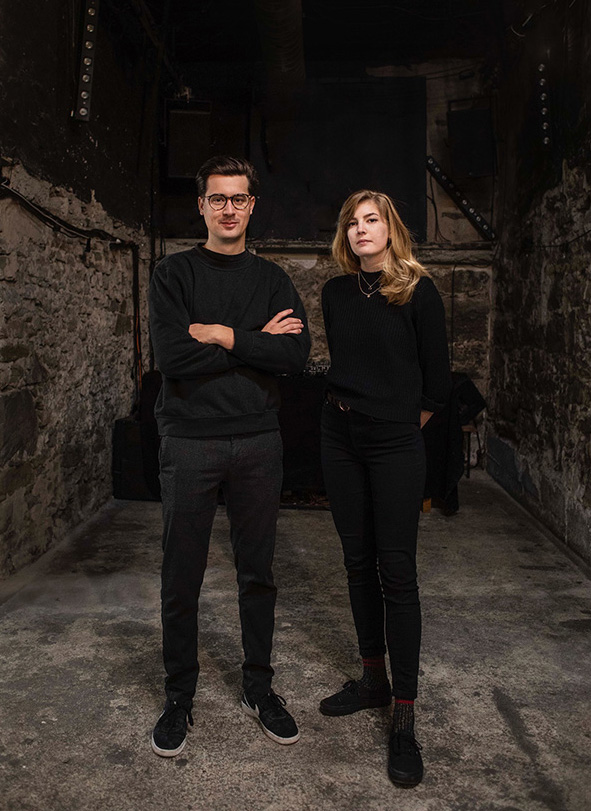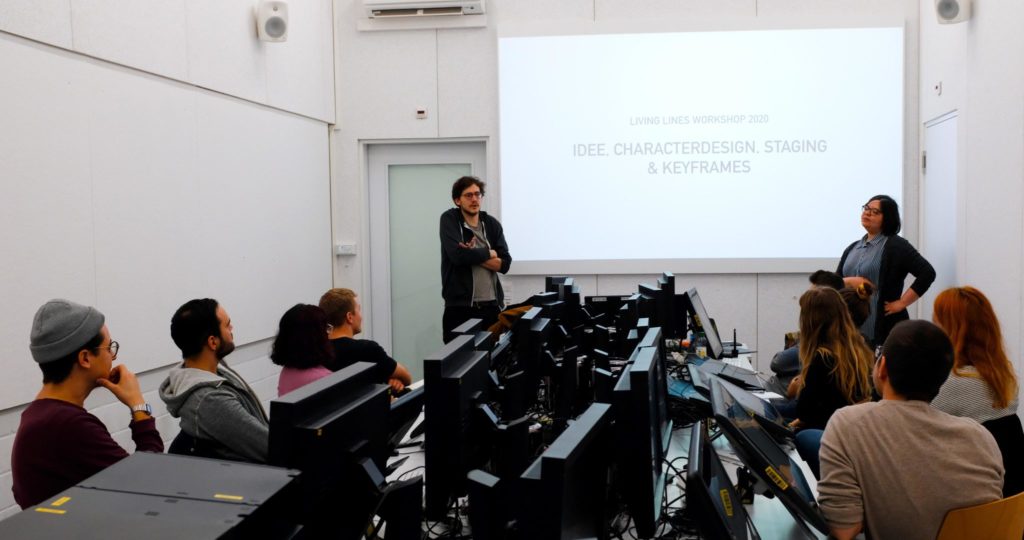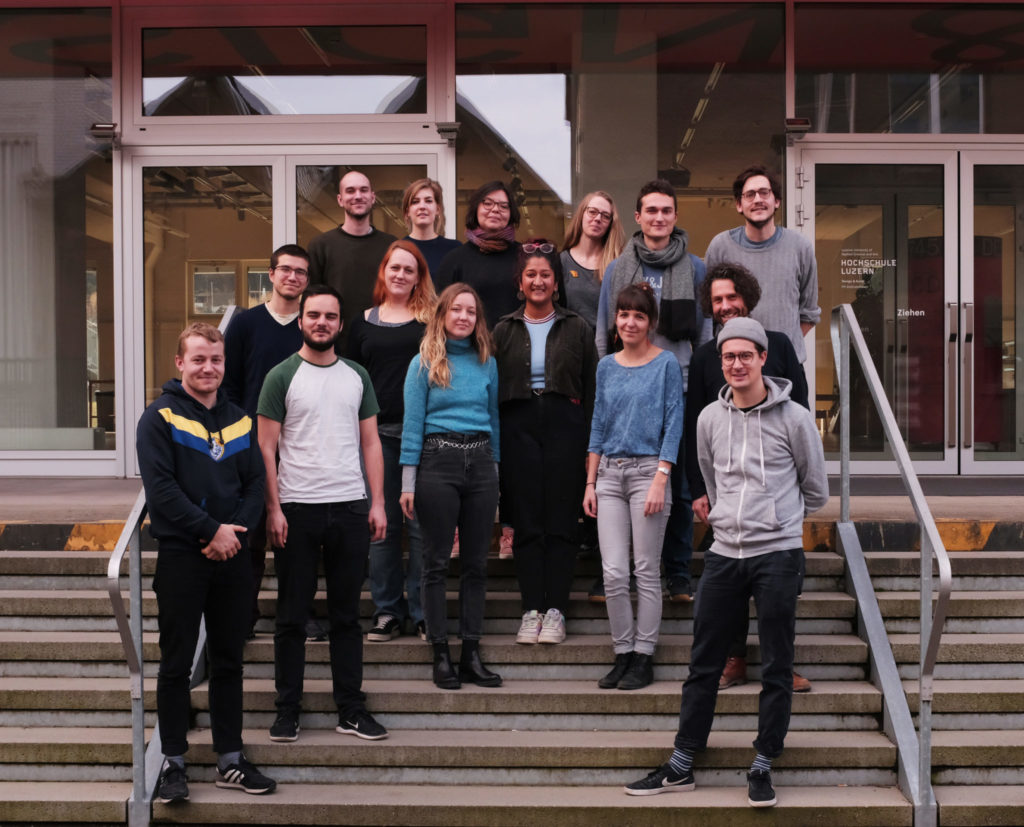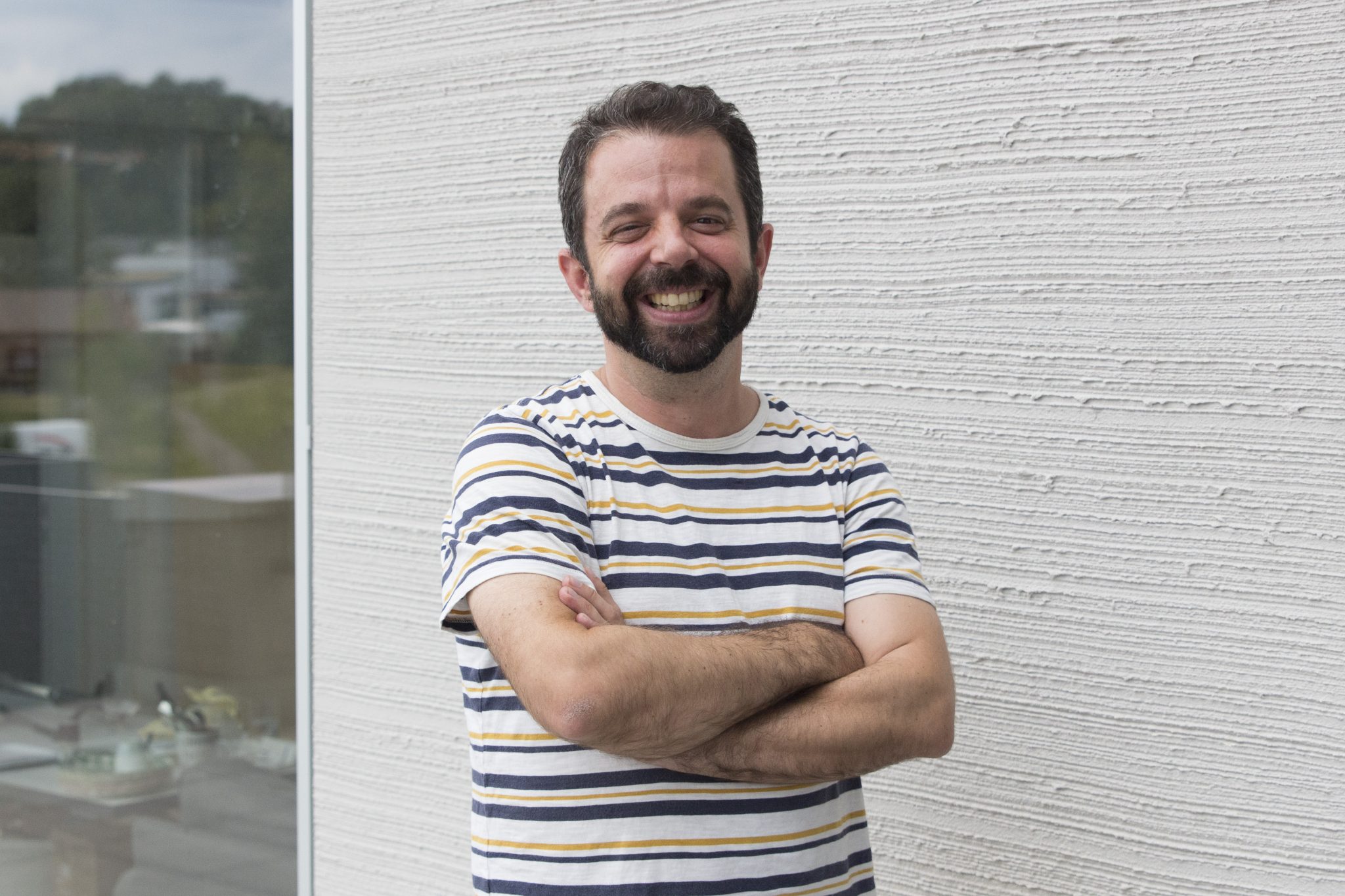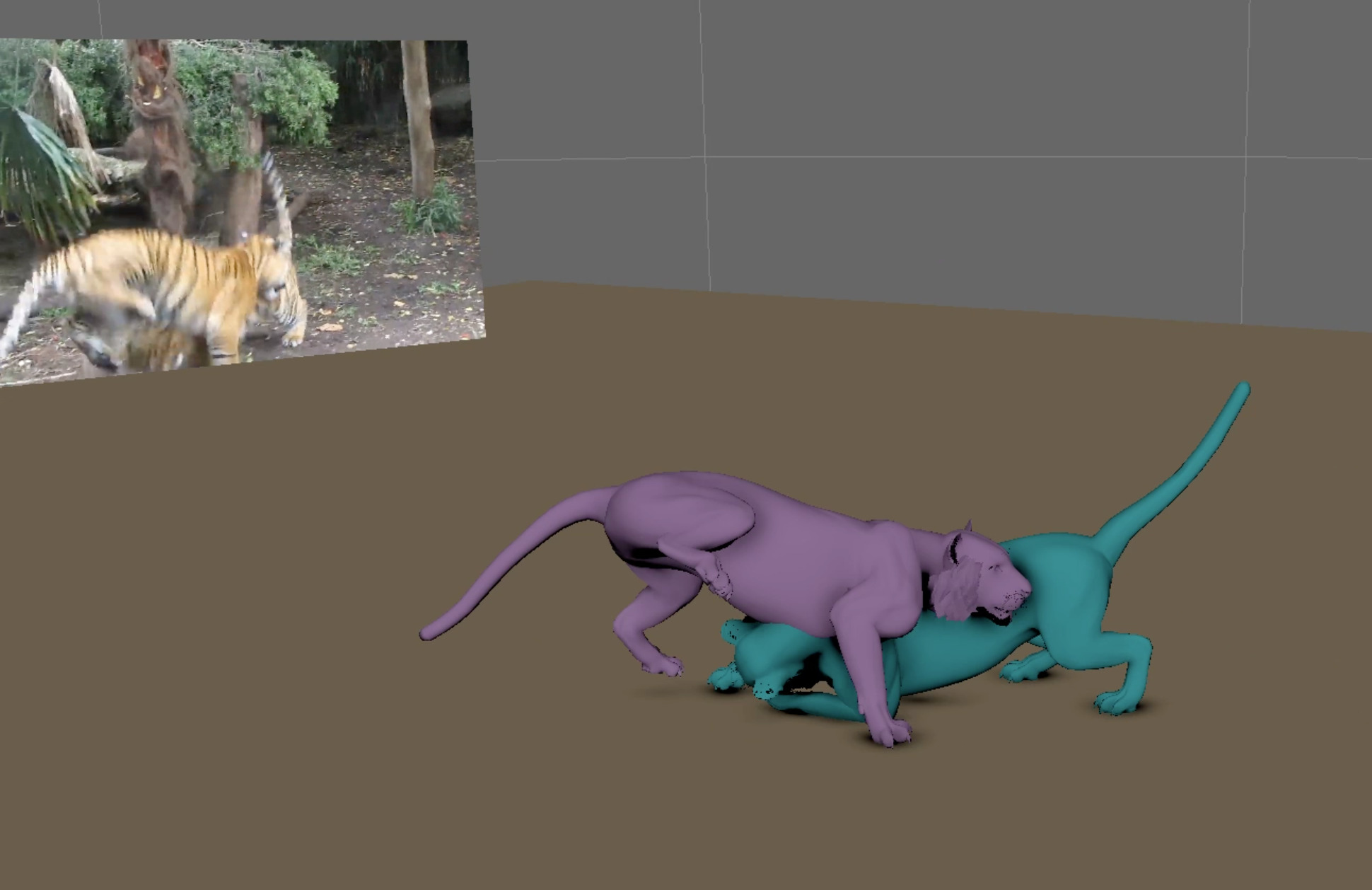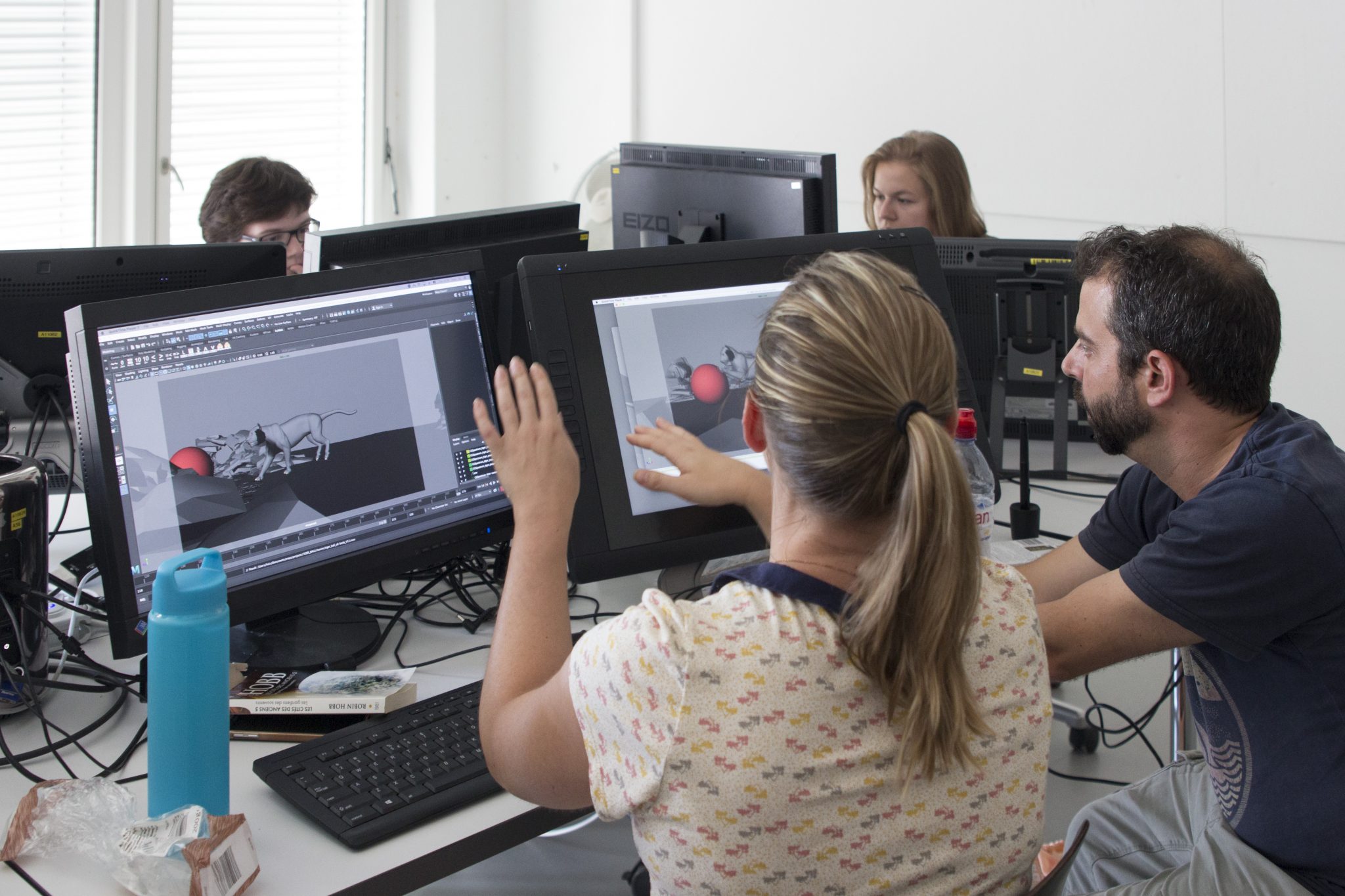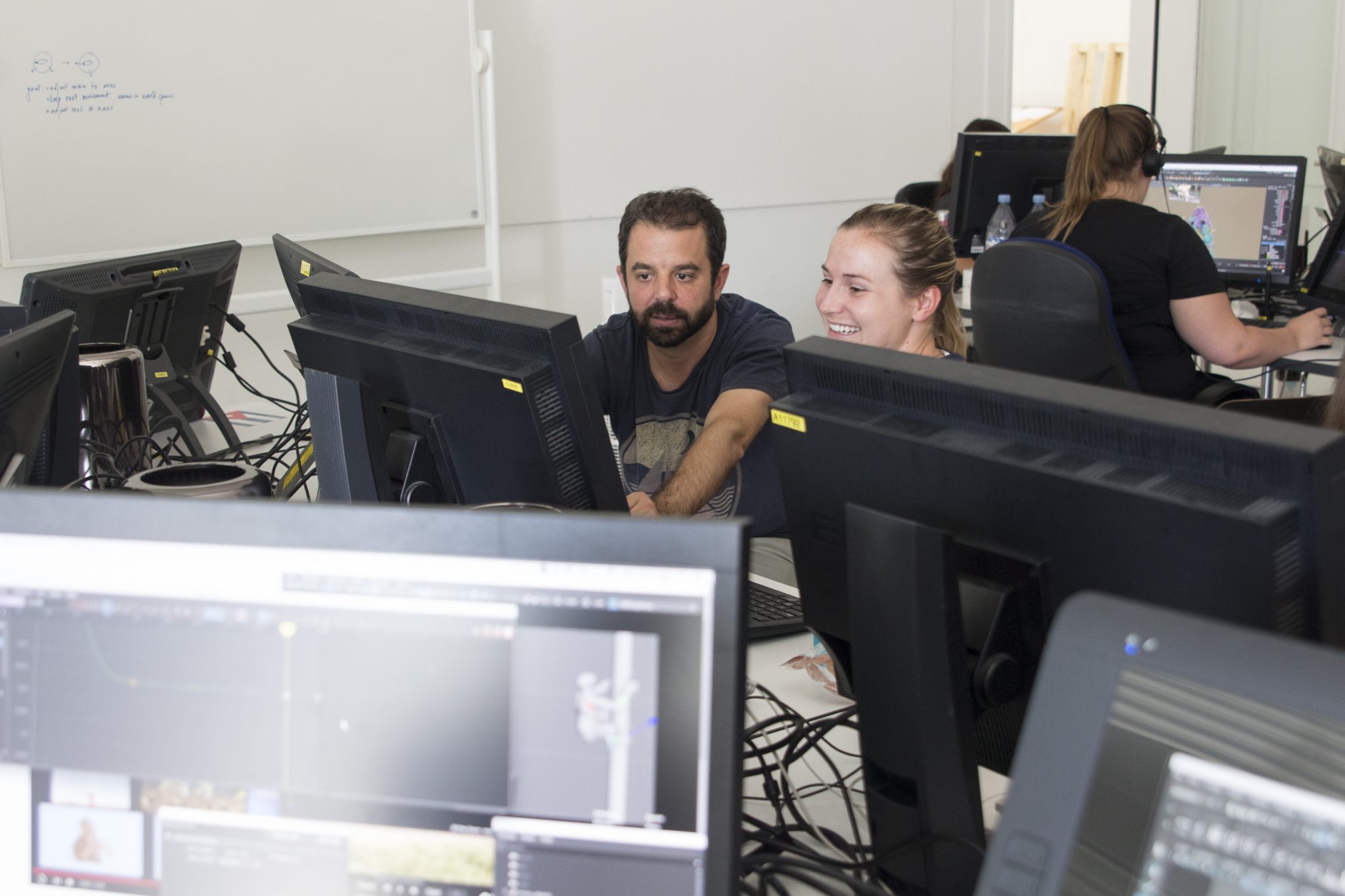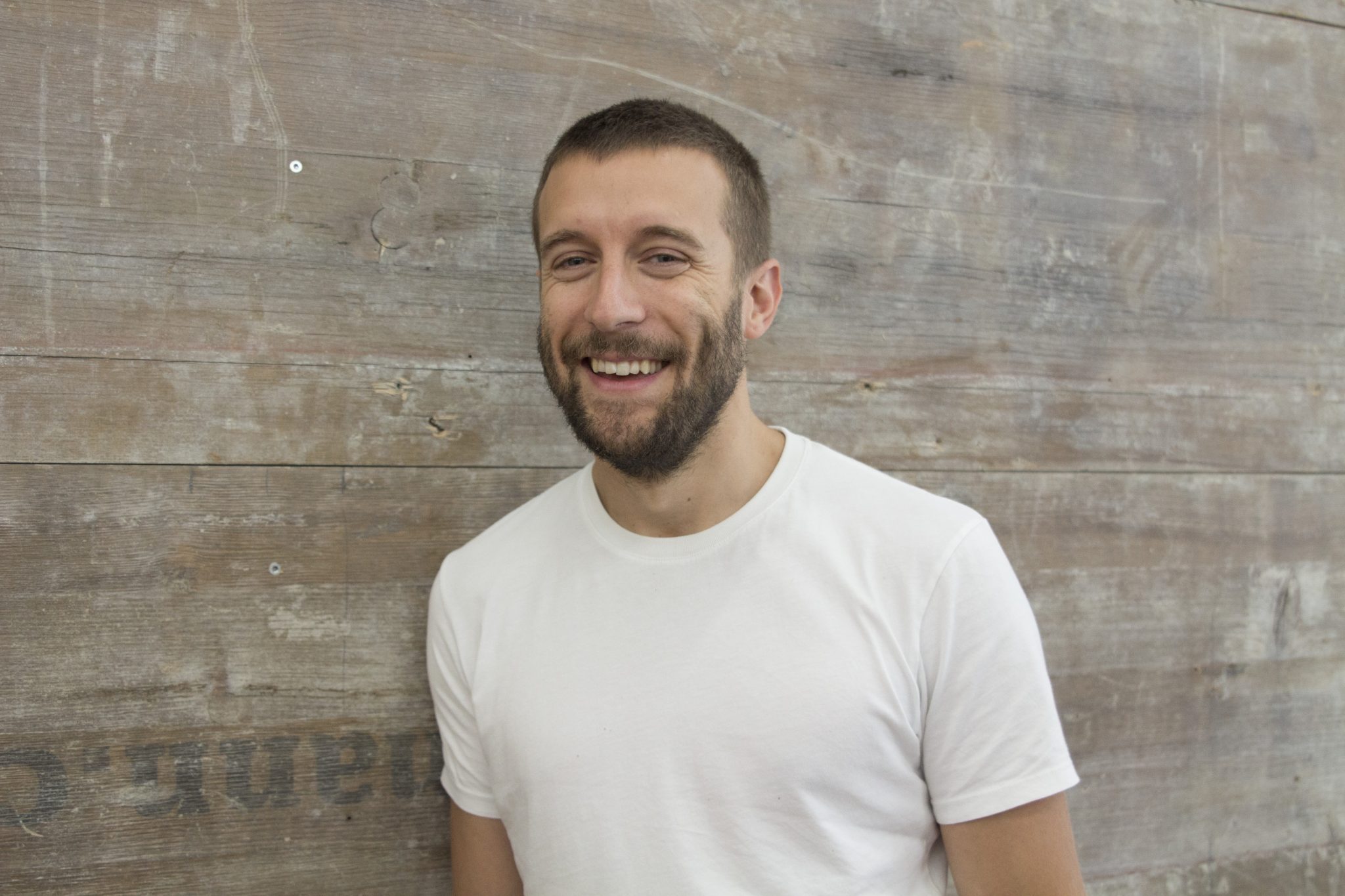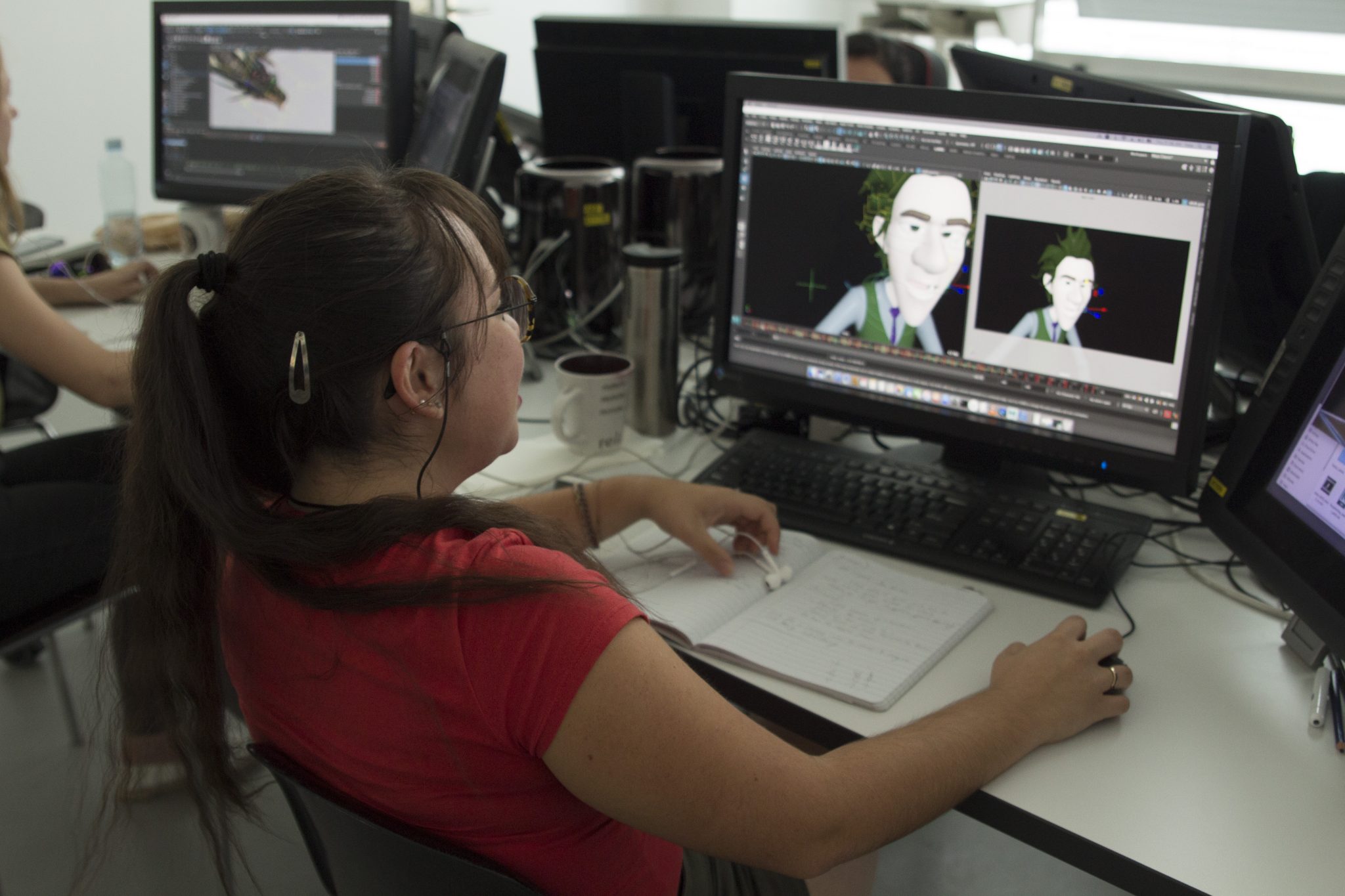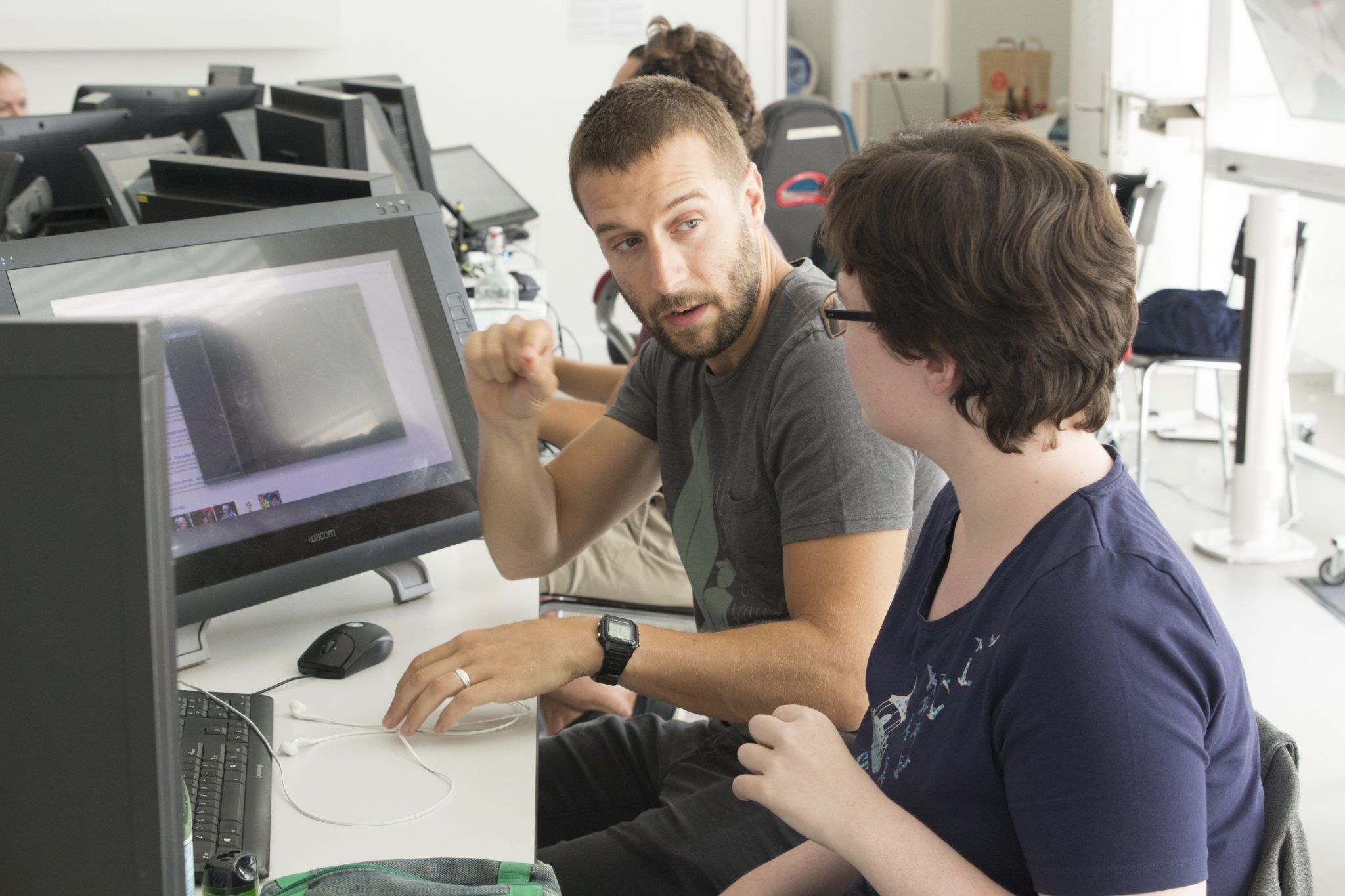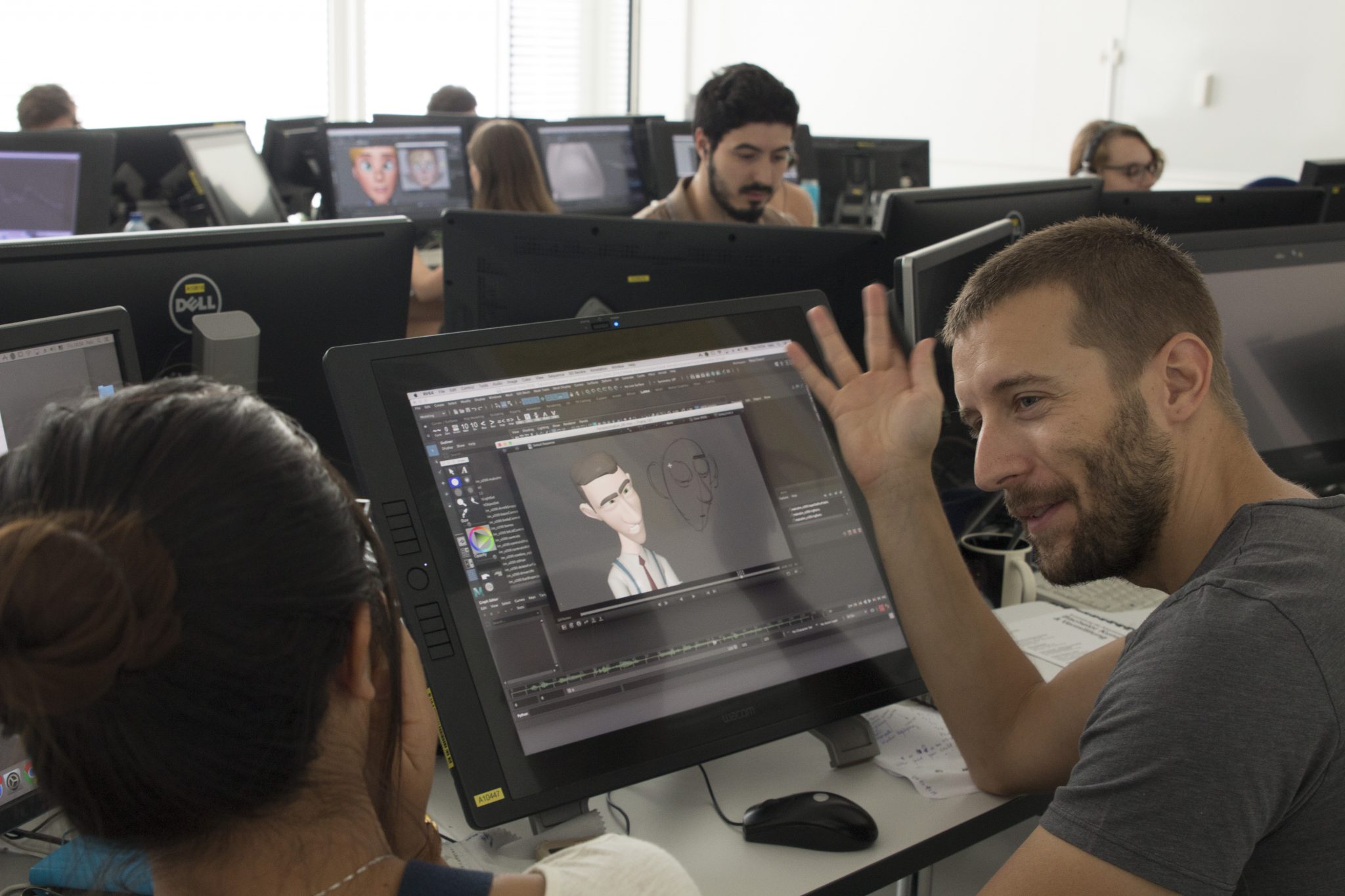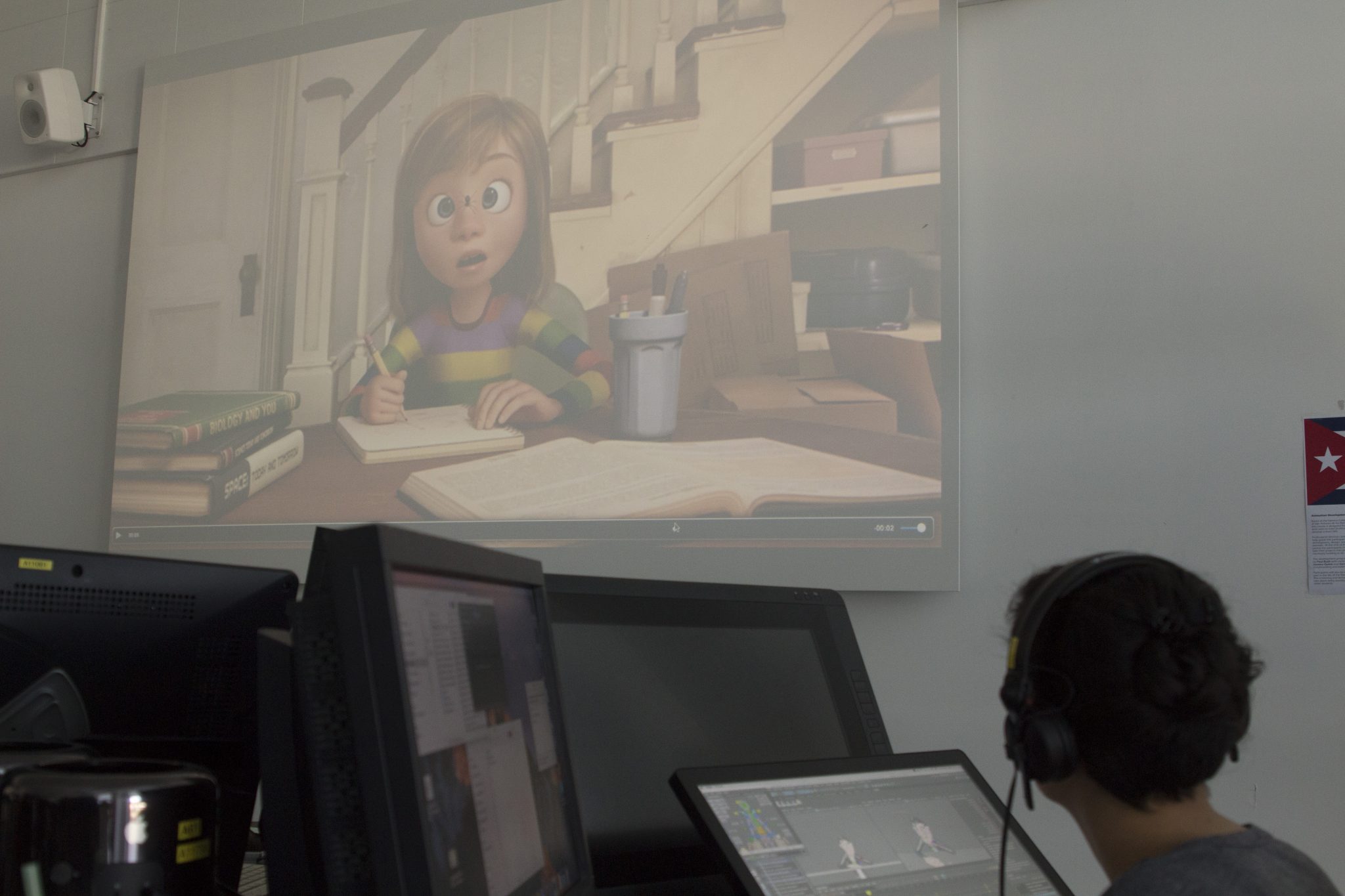Regina, an Artist that brings Light out of Darkness

Students of the MA Animation
At the beginning of this semester, Regina Pessoa, one of the most talented and famous animators nowadays, visited us at the Hochschule Luzern Design Film Kunst to give a workshop to the MA Animation students, where I had the opportunity to attend and meet her. We talked about her first steps in animation filmmaking, style, her creative process, inspiration, challenges, and advice for aspiring animation artists.

Regina P.
Regina Pessoa is a Portuguese independent animation filmmaker known for the short films The Night (1999), Tragic Story with Happy Ending (2005), Kali, The Little Vampire (2012), and Uncle Thomas: Accounting for the Days (2019), that were multi-awarded at different festivals, among them the Jury Prize at the Annecy International Animated Film Festival 2019. Her work shows darkness and light, strength, and expression through high contrast and texture that invite you to press stop on her films and appreciate the visual richness of each frame as a painting.

Still from “Uncle Tomas”, 2019
Hello Regina. I’m very lucky because 15 years ago, when I studied graphic design in Colombia, you were a great inspiration for me, and today I am sitting with you. Thank you for coming to HSLU.
Tell us how you first became interested in making films
Well, I grew up without any access to moving images, without television. So it’s like I grew up in the 19th century and never interested in animation. I studied art and painting at an art school in Portugal. Art was very expensive studies, so I was looking for a part-time job, and I found a small animation studio in Porto, the city where I was studying and living. I went there, and they were starting an independent animated short, which I have no idea what it was. I was very surprised and fascinated that this kind of content existed, the animated shorts, where each author would develop their own artistic identity and mix it with all the beloved artistic disciplines, such as music, sound, writing, literature, and the arts, so I got the opportunity to start my own movies, and since then, I never left the studio.
Short film: Tragic Story with Happy Ending, 2005 https://www.youtube.com/watch?v=RnDrQDrTuFY
How do you define your style, your visual style?
Well, how I define my visual style, I think, is… Well, I define it as light coming from the darkness. I am lucky because, in general, some people cherish my work, but there are people for whom it’s too dark for them. But I don’t think it’s dark at all because what fascinated me is exactly the opposite. It’s to have a dark; it looks like darkness, but then even a little light is wonderful. I like to explore that, this positive feeling of light coming out of the darkness. For me, it’s very inspiring and gives me hope.
What does your creative process look like?
Well, for me, when I’m working on my movies or on a new story, I need a permanent dialogue between writing and drawing. Sometimes, I start with a sentence, followed by an image, then another sentence, and so on. I normally work on the storyboard to figure out the visual narrative in a very intuitive way. Once a friend, a live-action director, told me you should write the script first. And I said, Oh, I should learn from live action, then I tried to write the script, and it was so dry. It was so hard, you know, and it didn’t work for me. I need this dialogue, this permanent dialogue between drawing scenes and writing. For me, it is very important what the idea is and why I want to do this. This is fundamental to find. When I found this, I could endure all the process and the motivation from deep inside me.
Where do you get your inspiration from?
Well, mostly for the stories and even for the visuals, I get inspiration from my childhood and my experiences. I had no knowledge of film writing. So the solution I found was to talk about my little experiences. And the way I started my first film was my fear of darkness when I was small. I also find inspiration in different artistic forms, such as literature, music, and a lot in painting. I enjoy going to a museum and looking at portrait paintings of medieval and Renaissance art; it is inspiring.
02_Video: Regina posting illustrations
Could you tell us what challenges you faced while making a film?
Maybe it’s a flaw from my background in visual arts, but it’s hard for me to forget or to get rid of the frozen image. I mean, every image for me counts and takes a lot of time, which I have been assuming for myself in working night and day. I don’t know; for 15 years I worked like 16 hours a day, and now I cannot do that anymore.
What would be the best piece of advice for inspiring animation artists?
Well, I always think it is the one that I received from Abi, who became my husband and my producer. He told me. Regina, think about something that is important to you. If that is the case, you will be involved with the images you produce. So, people who will see those images will feel that strength and that commitment. For me, it was the best advice I have received, and I think it is the best I can give.
Thank you so much, Regina.
It was nice to talk to you. All the best.
by Pedro Nel Cabrera Vanegas, graduate of MA Animation

Regina and Pedro
What does Regina do in her free time?
Listen here:


Students in the workshop Screening of the results


Regina looking at the students’ work










































































